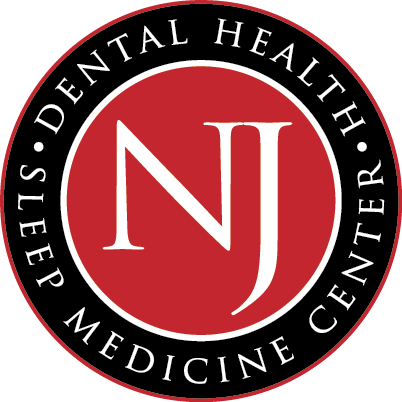 You might have heard it before, “Bill you snore like a freight train!” or “Karen, I can hear you across the house!” Snoring loudly can lead to bad jokes and middle of the night elbow jabs, but it is not a laughing matter. Loud, disruptive snoring may strain relationships, but it might also signal obstructive sleep apnea (OSA), which can lead to high blood pressure, heart attack, diabetes and car accidents.
You might have heard it before, “Bill you snore like a freight train!” or “Karen, I can hear you across the house!” Snoring loudly can lead to bad jokes and middle of the night elbow jabs, but it is not a laughing matter. Loud, disruptive snoring may strain relationships, but it might also signal obstructive sleep apnea (OSA), which can lead to high blood pressure, heart attack, diabetes and car accidents.
Whether you snore or have been diagnosed with sleep apnea, it is important to understand your symptoms and the treatment options available. Let’s explore the history of sleep apnea and what treatment is available through Dr. Sunita Merriman.
What is the history of sleep apnea?
It is estimated that 22 million adults in the United States currently suffer from OSA. However, about 80 percent of those with sleep apnea go undiagnosed. With so many people misdiagnosed, it is a big problem.
Sleep apnea was not designated as a disorder until the late twentieth century. However, records do indicate that symptoms were noticed and marked nearly 2,000 years ago. In the nineteenth century, doctors began to lump sleep apnea symptoms together using the name “Pickwickian Syndrome.” This was because of Charles Dickens’ “The Pickwick Papers,” in which an overweight character named Joe exhibited symptoms of what would later become known as sleep apnea.
Oral appliance therapy for sleep apnea treatment
The American Sleep Disorder Association endorsed oral appliance therapy as the third currently acceptable treatment modality for sleep apnea in 1995, and it continues to rise in importance. The largest numbers of people who suffer from sleep apnea are in the mild to moderate categories. For those who suffer from mild to moderate sleep apnea, oral appliance therapy might be an ideal treatment option.
Contact Dr. Sunita Merriman in New Jersey for more information on oral appliance therapy for the treatment of sleep apnea.

